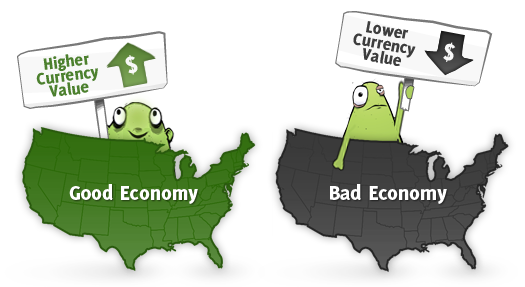GroundStone Holdings
Active member
- Messages
- 144
- Likes
- 2
Daily Macro View - Trade tensions cooling
Daily Insights
Trade tensions cooling. China has resumed soybean purchases for the first time since tariffs were put in place, and more corn shipments could be next according to a Bloomberg report overnight. China also indicated it would provide greater market access to foreign companies, consistent with the Trump administration’s goal to level the playing field. These developments follow reports earlier in the week that China would lower tariffs on imported autos, contributing to cooling tensions and increased optimism the two sides can find middle ground and reach a deal even as the conflict over the arrested Huawei executive escalates.
May survives but Brexit uncertainty remains. Theresa May won a no confidence vote, though by a narrow enough margin that her ability to push through her Brexit plan remains very much in doubt. Still, the result increases the odds of a market-friendly outcome: either an orderly exit or no exit at all, as opposed to a disorderly exit (so-called “hard Brexit”). Economic risk to the U.K. is high, but as the March 2019 deadline approaches, a deal becomes increasingly likely.
ECB threads the needle? Weaker growth in Europe was not enough to scare the European Central Bank (ECB), which announced this morning it will stick to its plan to end its asset purchase program this month despite expectations the central bank will lower its economic growth and inflation forecasts. The ECB also maintained its interest rate guidance to keep rates unchanged at least through the summer of 2019 but will reinvest maturing debt beyond that time frame. The message may be dovish enough for markets, but not too much so as to increase anxiety around the economic outlook.
Initial jobless claims fall. Weekly initial unemployment claims came in at 206K, below the 226K expected and last week’s revised 233K. The four-week moving avg., a better gauge of labor market trends, also declined ~4K to ~225K after increasing nine of the past 10 weeks. Continuing claims (1661K) came in above expectations (1649K), but have trended lower this year and remain near year-to-date lows. Overall, the data suggest the labor market, and by extension the U.S. economy, remain in good shape.
Daily Insights
Trade tensions cooling. China has resumed soybean purchases for the first time since tariffs were put in place, and more corn shipments could be next according to a Bloomberg report overnight. China also indicated it would provide greater market access to foreign companies, consistent with the Trump administration’s goal to level the playing field. These developments follow reports earlier in the week that China would lower tariffs on imported autos, contributing to cooling tensions and increased optimism the two sides can find middle ground and reach a deal even as the conflict over the arrested Huawei executive escalates.
May survives but Brexit uncertainty remains. Theresa May won a no confidence vote, though by a narrow enough margin that her ability to push through her Brexit plan remains very much in doubt. Still, the result increases the odds of a market-friendly outcome: either an orderly exit or no exit at all, as opposed to a disorderly exit (so-called “hard Brexit”). Economic risk to the U.K. is high, but as the March 2019 deadline approaches, a deal becomes increasingly likely.
ECB threads the needle? Weaker growth in Europe was not enough to scare the European Central Bank (ECB), which announced this morning it will stick to its plan to end its asset purchase program this month despite expectations the central bank will lower its economic growth and inflation forecasts. The ECB also maintained its interest rate guidance to keep rates unchanged at least through the summer of 2019 but will reinvest maturing debt beyond that time frame. The message may be dovish enough for markets, but not too much so as to increase anxiety around the economic outlook.
Initial jobless claims fall. Weekly initial unemployment claims came in at 206K, below the 226K expected and last week’s revised 233K. The four-week moving avg., a better gauge of labor market trends, also declined ~4K to ~225K after increasing nine of the past 10 weeks. Continuing claims (1661K) came in above expectations (1649K), but have trended lower this year and remain near year-to-date lows. Overall, the data suggest the labor market, and by extension the U.S. economy, remain in good shape.











































































